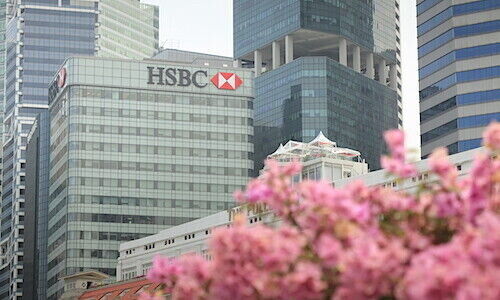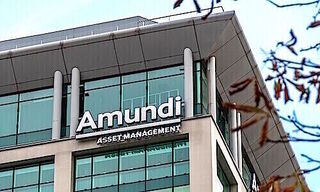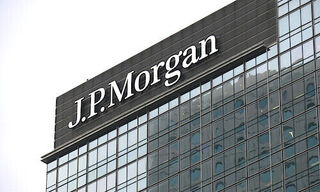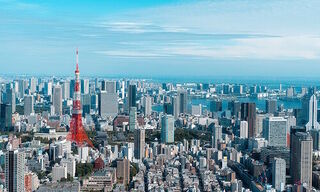Economic growth and assets have been artificially buoyed by imported interest rates since the financial crisis. That may be about to reverse itself, finews.asia argues.
There is a small, nagging problem that everyone forgets when they peg their currency. It simply imports someone else’s interest rates.
Although you get stability, those rates also reflect whatever stage in the economic cycle the original country is in. That doesn’t matter whether you are a fiat currency, such as the Hong Kong dollar, or a form of stablecoin.
When times are good and it works, no one notices. When it doesn’t, watch out.
Propping it Up
In early May, as finews.asia then reported, the HKMA intervened for the first time since 2019 in support of its currency peg against the US dollar.
By itself, that was not all that notable. What is significant is that it is doing so for the first time since the 2008 financial crisis in an environment where US interest rates are no longer near zero.
But the US Federal Reserve is just ratcheting interest rates to a level that everyone from the silent generation down to Gen X would consider relatively normal.
On the Defensive
That still puts the HKMA on the backfoot. The authorities have indicated as much. HKMA chief executive Eddie Yue specifically noted in early May after it had to hike rates on the back of the Fed that the public «should carefully assess and manage the relevant risks» when purchasing property or applying for mortgages.
It is also the crux of the problem. Hong Kong, a medium-sized city, at least by China’s standards, has been co-opting the economic environment prevalent in what is the world’s largest economy.
And the short of it is that the US has been trying for the past 14 years to fight the effects of the financial crisis, more or less, by shoring up growth in the real economy – not financial market valuations – with quantitative easing and very low-interest rates.
Different Cycles
Hong Kong, in contrast, has been a happy beneficiary of some of the fastest economic growth the world has ever seen from mainland China, the world’s second-largest economy.
The last thing it needed was artificially depressed interest rates. They have jacked up property prices, rents, and salaries - and prompted any number of irrational business and investment decisions in the real economy over the past decade.
It has likely kept growth much higher than actual circumstances would warrant.
Dysfunctional Dependency
There is a larger truth as well. Much of the region is dependent on the US currency. The proportion of payments and business conducted by some of the larger commercial and retail banks in the region, such as HSBC and Standard Chartered, is almost dysfunctional.
It is unlike much of Europe but very similar to a substantial portion of Latin America. There, an inability to create and govern stable sovereign currencies with moderated interest rates has led to any number of boom-and-bust cycles and hyperinflation in the major economies over the past century - not to mention repeated IMF interventions. That includes a constant procession of newly minted currencies with increasingly arcane names. But still, the dollar is used as a shadow currency for trade and informal, domestic cash payments.
But they know something that many in the region may be about to find out for the first time since 1997, even though the current level of indebtedness remains low by most standard measures. If you ride the rollercoaster up, you need to keep yourself strapped in all the way down.






















